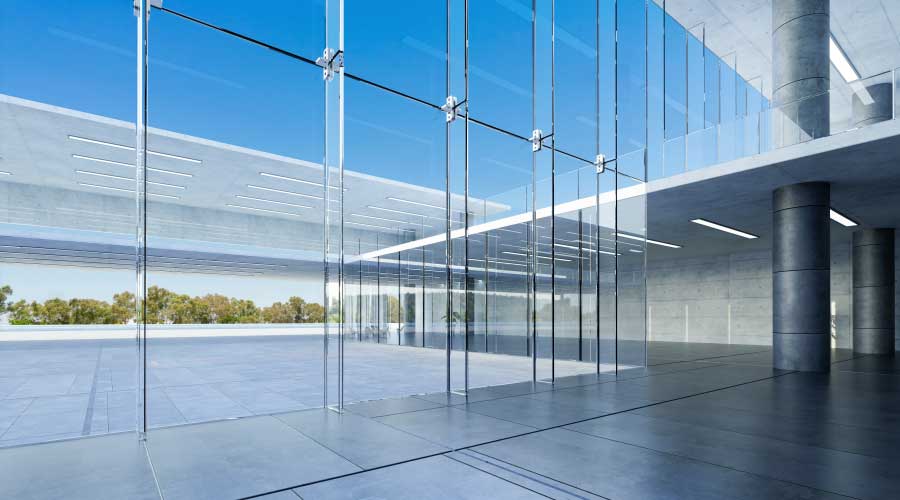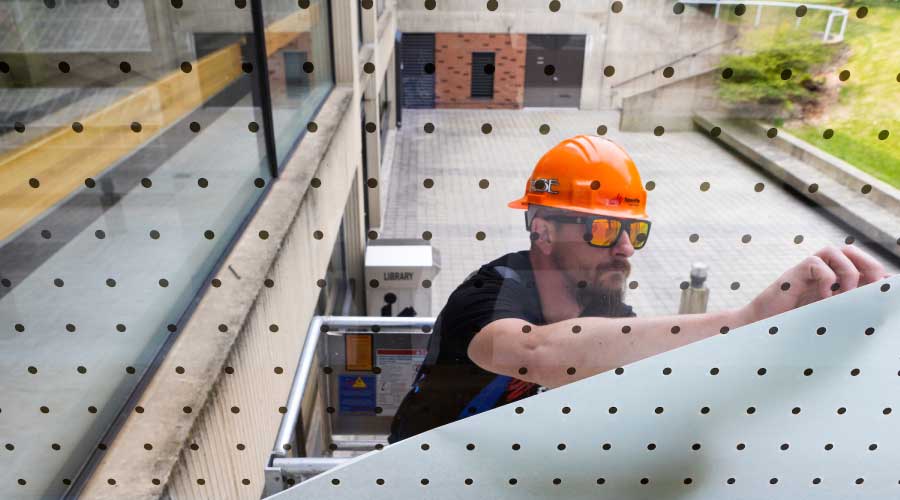Value Engineering Windows? Here's One Mistake to Avoid
The State of Illinois Center in Chicago’s Loop was supposed to be a jewel — a prestigious, 1.2 million-square-foot building designed by a starchitect at the peak of his powers. Helmut Jahn’s design included a 17-story atrium with sleek curves and a massive expanse of colored glass. But when the double-pane insulating glass for the atrium was value-engineered out in favor of less expensive single-pane glass, the results were disastrous. The building opened in May 1985, and that July, temperatures inside the building routinely passed the 90-degree mark. The HVAC system simply could not keep up with the heat gain through the glass. Employees in the building used beach umbrellas at their desks, both for shade from the glare of the sun, and as a sort of protest against the heat. What was expected to be a showcase building turned into a much-publicized and embarrassing fiasco.
Even today, almost 25 years later, the building, which was rededicated in 1993 as the James R. Thompson Center and houses many Illinois government agencies, still has huge temperature control issues, according to employees who work there.
Such a high-profile horror story is a perfect illustration of the importance of considering how window and glass choices affect both occupant comfort as well as other building systems, most notably HVAC and lighting. Most facility executives probably aren’t in the position of designing million-plus square foot buildings, but if a window replacement project is nigh, it’s time to start examining how particular options will affect energy efficiency and the environment in which employees spend 40 or more hours per week.
“Commercial buildings need to consider a wide range of energy impacts related to windows,” says Jeff Lowinski, vice president, advocacy and technical services for the Windows and Doors Manufacturers Association (WDMA). “Improper selection can easily result in excessive solar heat gain, glare, air movement or radiant energy loss.”
Windows Are Influential
Facility executives are probably familiar with the idea that lighting load can influence HVAC energy use — more electrical lighting means more heat, and thus more energy to cool the space. Window selections can influence both HVAC and lighting. Visible transmittance (VT) is the property that measures the ability of glass to allow light into a space — a VT rating of .5, for instance, means the window is blocking exactly half the incident light from entering a building. In the case of a replacement window, there probably isn’t much facility executives can do about the actual area of glass. But by looking carefully at different tinting options and options with different VT ratings, the amount of light that enters the facility can be controlled. With proper design, more daylight results in lower electricity bills. Daylighting is also a potential source of LEED points.
“The best balance for daylighting is a high visible transmittance rating and low heat gain,” says Jim Benney, executive director of the National Fenestration Rating Council. “The two properties are not directly correlated anymore, however.”
Related Topics:













